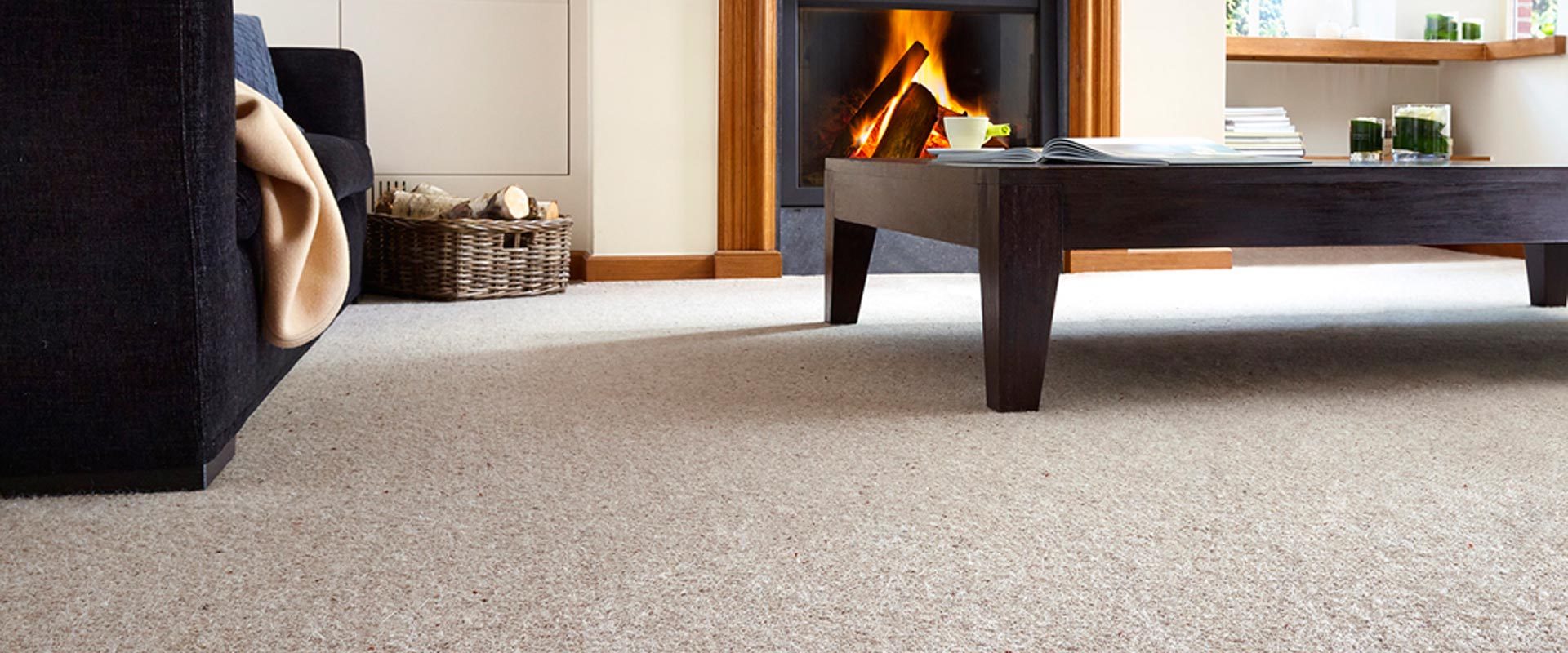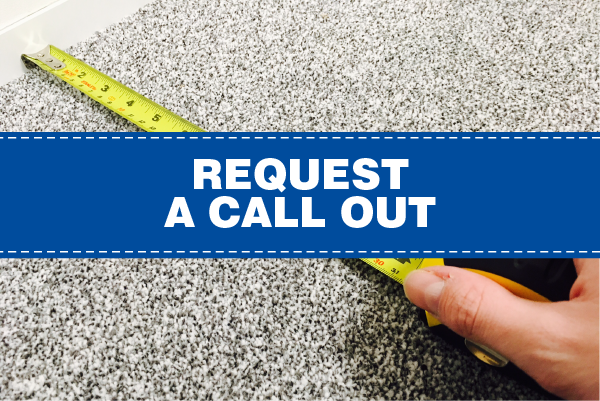Maintaining your Carpet
Looking after your carpet
We all want our new carpet to look good for as long as possible but the reality is dirt and grit are a fact of life and spills and accidents are inevitable. There are, however, some basic measures that can be taken to extend the life of a carpet and help it look good for longer. Please see the following symptoms of carpet problems and their simple solutions.
Shedding
All carpets using a spun yarn will shed excess fibre when first installed.
This is to be expected and does not mean there is a defect. The short fibres given off, represent a very small fraction of the pile.
Natural Fibres
As a natural fibre, pure new wool is washed and scoured before being spun into carpet yarn. Throughout the manufacturing process it is also inspected and natural minor imperfections removed. Even so, fitted wool carpets may, on rare occasions, contain slight traces of the sheep's outdoor environment. As such Cormar reserve the right to carry out small on site rectifications. Your statutory rights are not affected.
Shading
Cut pile carpets after use can develop light and dark patches, known as shading. This is as a result of the pile surface laying in varying directions, and the light refraction on the surface of the pile creating a 'shaded' appearance. Shading is not detrimental to the wear of the carpet.
Fading
Most textiles will fade very gradually over time due to natural light. To reduce fading of carpets in rooms with strong exposure to the sun, (i.e. south facing rooms with patio windows), judicious use of sun blinds or curtains is recommended.
Abrasion
Pet paws, claws, rubber soled shoes and heels can be abrasive on carpets, particularly where use is constantly concentrated to small areas (i.e. in front of armchairs). Move furniture occasionally to avoid any distortion to the carpet pile.
Pilling
Pilling can sometimes occur on loop pile and wool blend carpets. The expression is used to describe the little balls of fibres which collect on the pile surface. It is similar to the type of pilling which can occur on a sweater. Carefully remove these pills with scissors - the durability of the carpet will not be affected.
Matching
Identical matching between consecutive production batches is not possible and nominal deviation from original samples and patterns must be anticipated. It is therefore recommended that an installation is planned from one width.
Indentations
The feet of furniture will create indentations on any carpet. To help reduce marking, regularly move the position of furniture and other heavy objects where possible. To help lift the pile back up, use a coin to 'gently' tease the pile upright.
Static Electricity
When the atmosphere is dry, static electricity can build up in a carpet. This may be rectified by keeping the humidity high with a humidifier or indoor plants in water trays.
Flattening
All cut pile fabrics of any fibre type will flatten to some extent in traffic lanes although regular vacuuming will help to allay this. This flattening is a normal reaction to localised traffic and is not detrimental to the wear of the carpet.
Stairs
Stair carpets receive heavy wear especially on the nosings. In some cases shifting the stair carpet can help compensate for this, ask your carpet retailer for further details.
Treatments
Care must be taken if applying stain guards or other such treatments after installation. Over saturation can result in damage to the structure of the carpet





